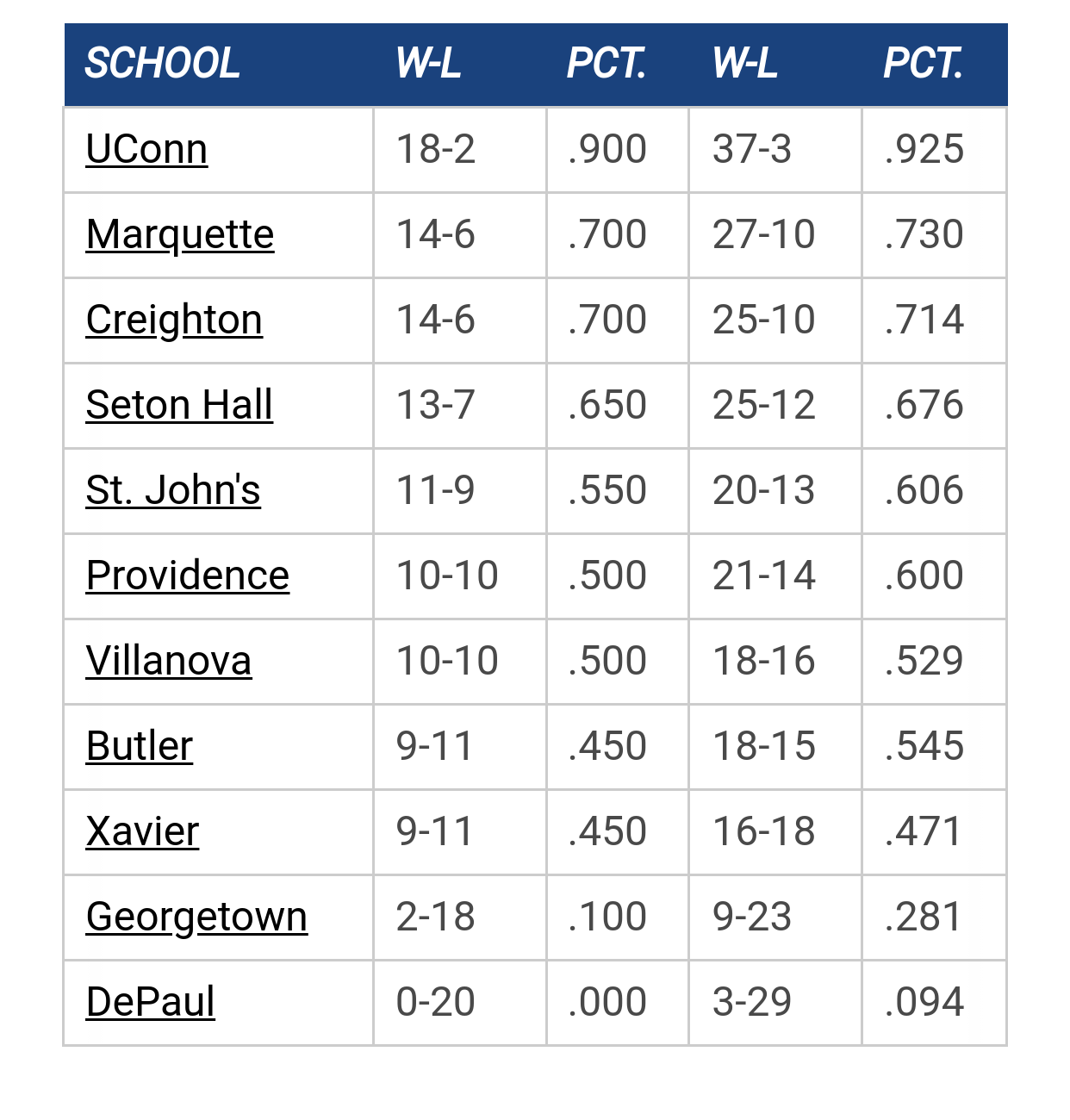- Welcome to MUScoop.
NCAA Tournament expansion as early as next season. by brewcity77
[Today at 03:02:43 PM]
Psyched about the future of Marquette hoops by Scoop Snoop
[Today at 02:42:57 PM]
Marquette NBA Thread by mileskishnish72
[Today at 01:39:45 PM]
NCAA settlement approved - schools now can (and will) directly pay athletes by Jay Bee
[Today at 10:33:57 AM]
NM by MU82
[Today at 10:17:40 AM]
Recruiting as of 5/15/25 by MUDPT
[June 06, 2025, 10:08:35 PM]
2025 Coaching Carousel by Uncle Rico
[June 06, 2025, 04:29:28 PM]
[Today at 03:02:43 PM]
Psyched about the future of Marquette hoops by Scoop Snoop
[Today at 02:42:57 PM]
Marquette NBA Thread by mileskishnish72
[Today at 01:39:45 PM]
NCAA settlement approved - schools now can (and will) directly pay athletes by Jay Bee
[Today at 10:33:57 AM]
NM by MU82
[Today at 10:17:40 AM]
Recruiting as of 5/15/25 by MUDPT
[June 06, 2025, 10:08:35 PM]
2025 Coaching Carousel by Uncle Rico
[June 06, 2025, 04:29:28 PM]
The absolute only thing required for this FREE registration is a valid e-mail address. We keep all your information confidential and will NEVER give or sell it to anyone else.
Login to get rid of this box (and ads) , or signup NOW!
User actions


